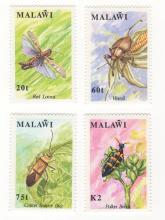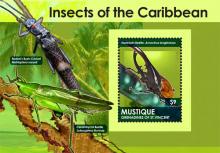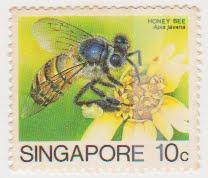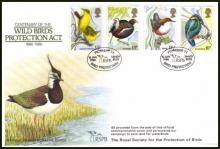Standpunt Belgische Imkers aangaande neonicotinoiden
Geachte Mevrouw de Minister,
In naam van de Belgische Bijenteeltfederatie en de Koninklijke Vlaamse Imkersbond willen wij uw aandacht vragen voor ons standpunt aangaande het neonicotinoïde-dossier waarover op 14 maart aanstaande, op Europees niveau, een stemming wordt gehouden tijdens een vergadering van SCoFCAH (section: Phytopharmaceuticals and Plant Protection Products). Uit onderzoeken, enerzijds van onafhankelijke wetenschappers en anderzijds van de Europese Autoriteit voor Voedselveiligheid, die u ongetwijfeld bekend zijn, blijkt dat drie neonicotinoïden – imidacloprid, clothianidine en thiamethoxam – al in kleine hoeveelheden letale en vooral subletale schade aan de bijen berokkenen. In synergie met fungiciden wordt de schadelijke werking nog versterkt terwijl over de interactie met andere pesticiden tot nu toe niet eens onderzoek werd verricht. Om al deze reden zijn we blij met het voorstel van Europees commissaris Toni Borg. Hoewel we vrezen dat de voorgedragen maatregelen uiteindelijk onvoldoende zullen zijn, ondermeer vanwege de remanentie van deze stoffen in de bodem, is het toch goed dat er voor belangrijke bijenplanten een pauze komt in het gebruik van bovenvernoemde middelen en vooral tijd en geld voor bijkomend onderzoek. In naam van alle imkers die bij onze verenigingen aangesloten zijn, vragen wij u met aandrang dit voorstel te willen steunen. We zijn ervan overtuigd dat u uw verantwoordelijkheid niet uit de weg zult gaan en danken u hiervoor oprecht bij voorbaat.










